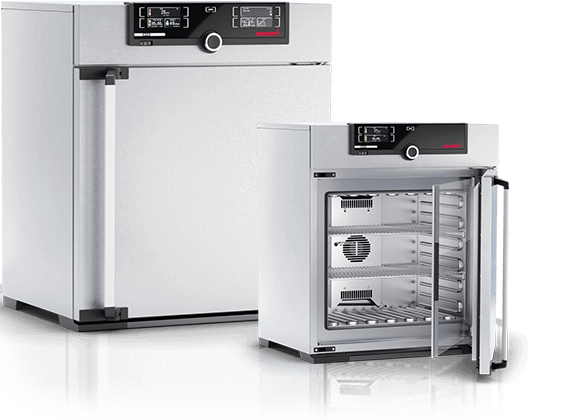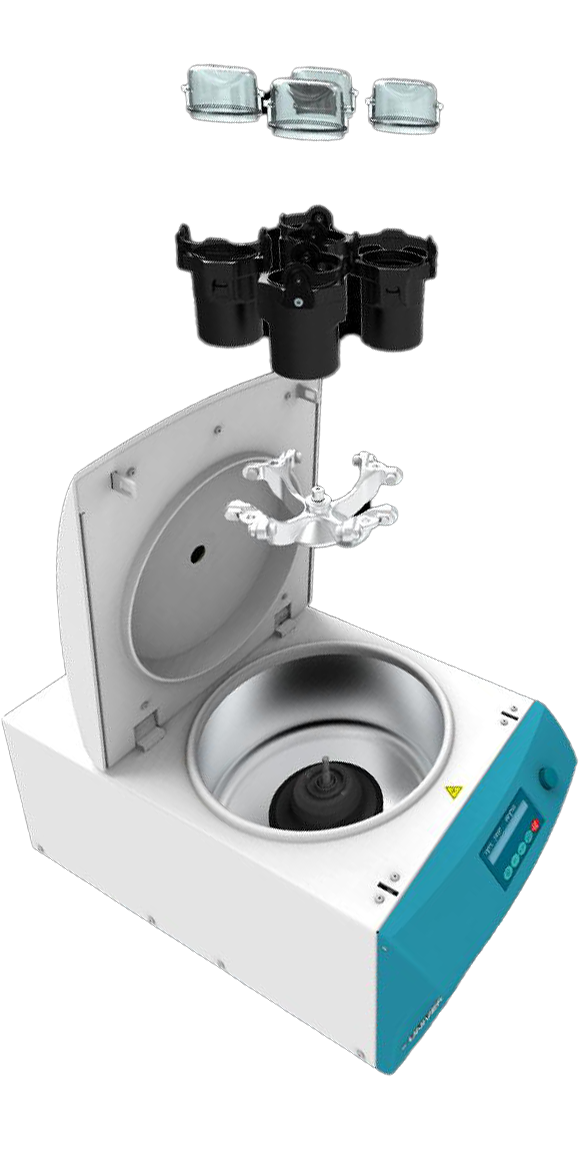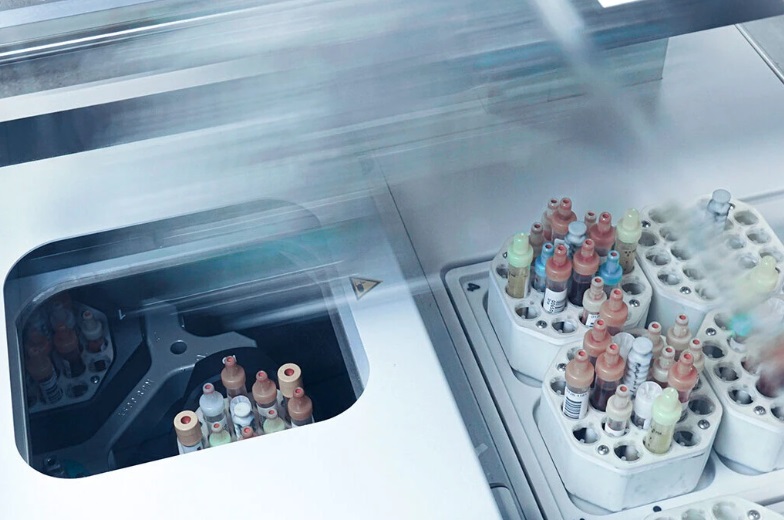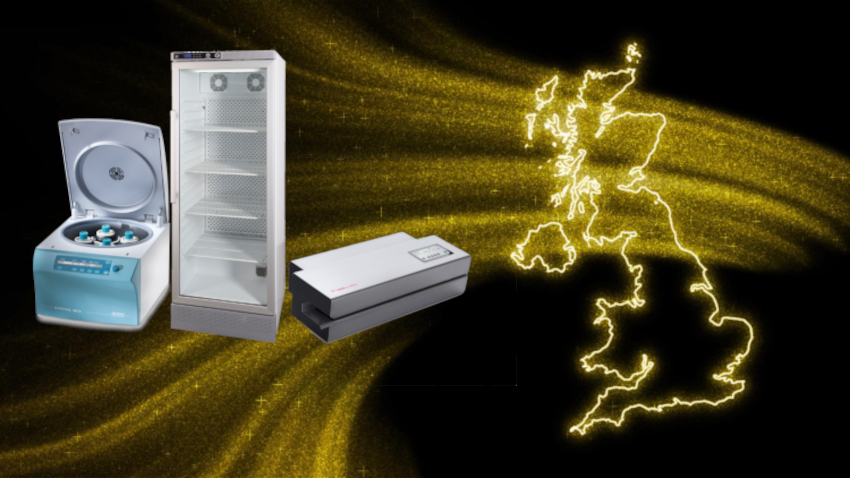With the rise in cost of electricity and pressure on the environment, there is no better time to consider energy efficient laboratory equipment. In this month’s blog, we discuss eco-friendly options for laboratory equipment and share tips on reducing energy consumption in a lab setting.
What is energy efficient laboratory equipment?
Energy-efficient laboratory equipment is designed to reduce energy consumption while maintaining the performance needed for scientific research and experimentation. Here are some examples of laboratory equipment and how they might be more energy efficient:
- Refrigerators and Freezers: Energy-efficient models of laboratory refrigerators and freezers are equipped with features like better insulation, efficient compressors and LED lighting to reduce energy consumption while maintaining precise temperature control for samples and reagents.
- Centrifuges: Energy-efficient centrifuges are designed with advanced motor technology and control systems that minimise energy use during operation. They often include features like automatic shut-off when not in use.
- Laboratory Ovens: Energy-efficient ovens use features like improved insulation and precise temperature control to reduce energy waste during heating processes.
- Incubators: Energy-efficient incubators utilise efficient heating elements and insulation to maintain stable temperature conditions without excessive energy consumption.
When selecting energy-efficient laboratory equipment, you should consider factors such as Energy Star ratings, efficiency features and specific energy-saving technologies incorporated into the equipment. Additionally, regular maintenance and proper usage practices can further enhance energy efficiency and extend the lifespan of your laboratory equipment.
What makes laboratory equipment eco-friendly?
To determine if a piece of laboratory equipment is eco-friendly, several factors should be considered:
- Energy Efficiency: Eco-friendly laboratory equipment is designed to minimise energy consumption. Look for equipment with energy-saving features such as efficient motors, insulation to reduce heat loss and automatic shut-off or standby modes when not in use.
- Water Efficiency: Some laboratory equipment, like water purification systems or autoclaves, can be designed to use water more efficiently by optimizing water flow and recycling processes.
- Material Selection: Equipment made from sustainable or recyclable materials can reduce the environmental impact. Look for equipment with components that are durable, non-toxic and environmentally friendly.
- Reduced Waste: Eco-friendly equipment is often designed to minimise waste generation. For example, equipment with reusable components or systems that generate less byproduct waste can be more environmentally sustainable.
- Low Emissions: Some laboratory equipment, such as fume hoods or ovens, may produce emissions during operation. Eco-friendly versions use technologies to reduce emissions or capture pollutants, improving indoor air quality.
- Longevity and Maintenance: Equipment that is designed to be durable and easy to maintain can reduce the need for frequent replacements, which in turn reduces overall environmental impact.
- Certifications and Standards: Look for equipment that meets recognised eco-friendly certifications or standards, such as Energy Star ratings for energy efficiency or certifications for low environmental impact manufacturing processes.
- Lifecycle Analysis: Consider the entire lifecycle of the equipment, including manufacturing, transportation, use, and disposal. Equipment with a lower overall environmental impact across its lifecycle is more eco-friendly.
- User Education and Practices: Proper use and maintenance practices can contribute to the eco-friendliness of laboratory equipment. Educating users on energy-saving techniques and efficient operation can maximize the environmental benefits of the equipment.
By considering these factors when selecting laboratory equipment, researchers and laboratory managers can make choices that contribute to sustainability and reduce the environmental footprint of their operations.
General tips on reducing energy consumption in a laboratory setting
Reducing energy consumption in a laboratory is important for both environmental sustainability and cost savings. Here are some practical tips to help minimise energy usage, not just with regards to equipment, but for the laboratory as a whole:
- Use Energy-Efficient Equipment: Choose laboratory equipment with Energy Star ratings or other energy-efficient certifications. Modern equipment often comes with energy-saving features such as automatic shut-off, variable speed controls, and efficient insulation.
- Regular Maintenance: Keep laboratory equipment well-maintained to ensure optimal performance. Clean filters, lubricate moving parts, and inspect for leaks or malfunctions regularly. Properly maintained equipment operates more efficiently.
- Turn Off Unused Equipment: Encourage lab users to turn off equipment when not in use, especially overnight or during weekends. Many devices continue to consume energy even in standby mode.
- Use Energy-Efficient Lighting: Replace traditional lighting fixtures with LED bulbs or energy-efficient lighting systems. Consider installing occupancy sensors to automatically turn off lights in unoccupied areas.
- Optimize HVAC Systems: Laboratories require precise temperature and humidity control, but HVAC systems can be optimized for energy efficiency. Use programmable thermostats to adjust settings based on occupancy and operating hours.
- Seal Windows and Doors: Ensure that windows and doors are properly sealed to prevent air leaks. This helps maintain stable indoor temperatures and reduces the workload on HVAC systems.
- Educate Laboratory Users: Promote energy-saving practices among laboratory personnel. Provide training on equipment operation, energy-efficient workflows, and the importance of energy conservation.
- Implement Green Chemistry Practices: Explore green chemistry alternatives that require less energy-intensive processes or use renewable resources. This can reduce energy consumption associated with chemical synthesis and waste management.
- Monitor Energy Usage: Install energy meters or smart energy monitoring systems to track energy consumption in real-time. Analyse usage patterns to identify areas for improvement and implement targeted energy-saving measures.
- Consider Renewable Energy Sources: If feasible, integrate renewable energy sources such as solar panels or wind turbines to offset electricity consumption. This can further reduce the environmental impact of laboratory operations.
By implementing these energy-saving tips, laboratories can significantly reduce their energy consumption without compromising research activities or safety standards. It’s important to foster a culture of energy conservation within the laboratory team to achieve sustainable practices over the long term.
How Henderson Biomedical can help
Our company is committed to reducing our carbon footprint in everything we do. From how our goods and services are delivered to the suppliers we use for our equipment, we are committed to reducing our impact on the environment.
Many of the suppliers we work with, such as Hawo and Memmert, already implement green technologies in the products they manufacture. For more information on how we can supply you with eco-friendly laboratory equipment, please contact our team on 020 8663 4610 or alternatively, you can use our online form.
Image designed by Freepik.









